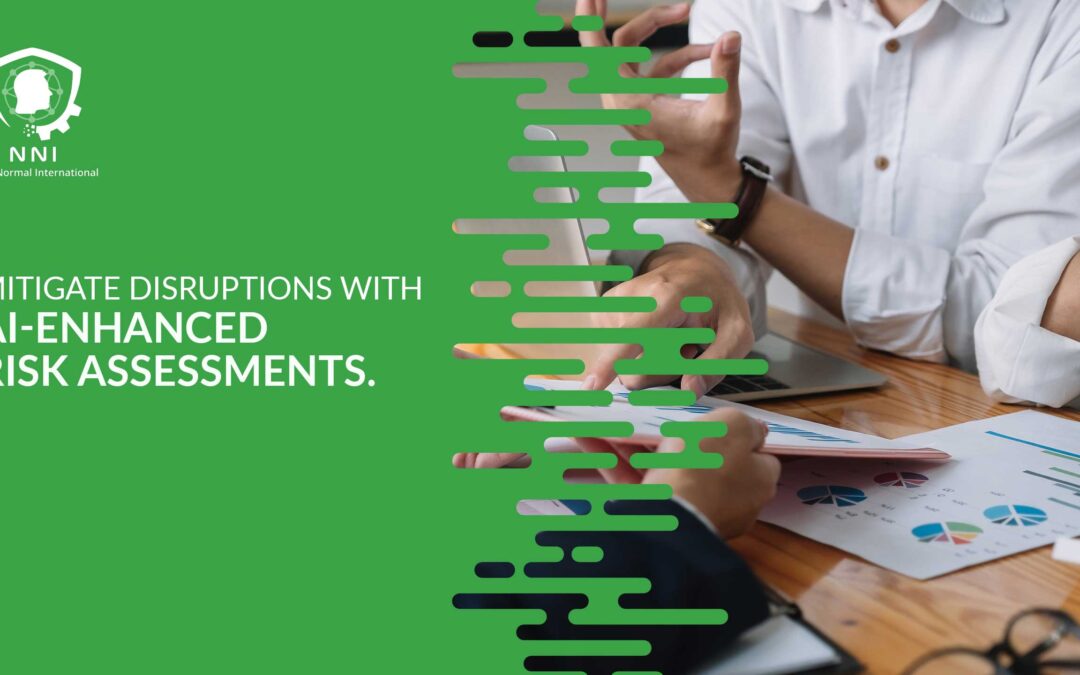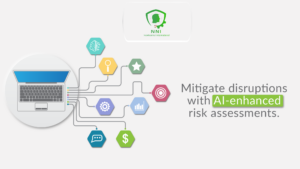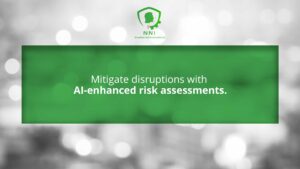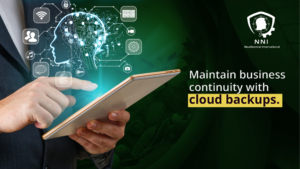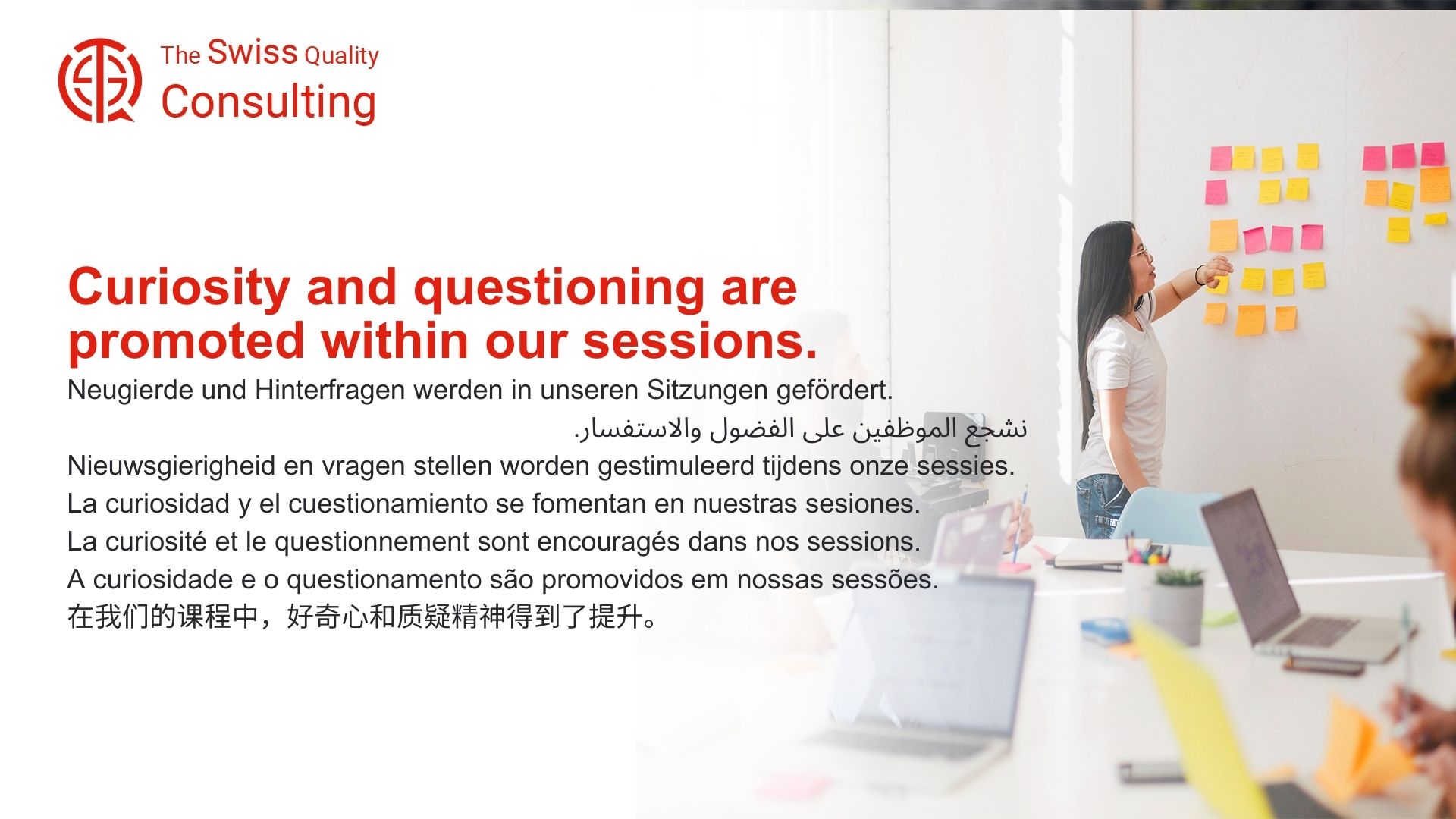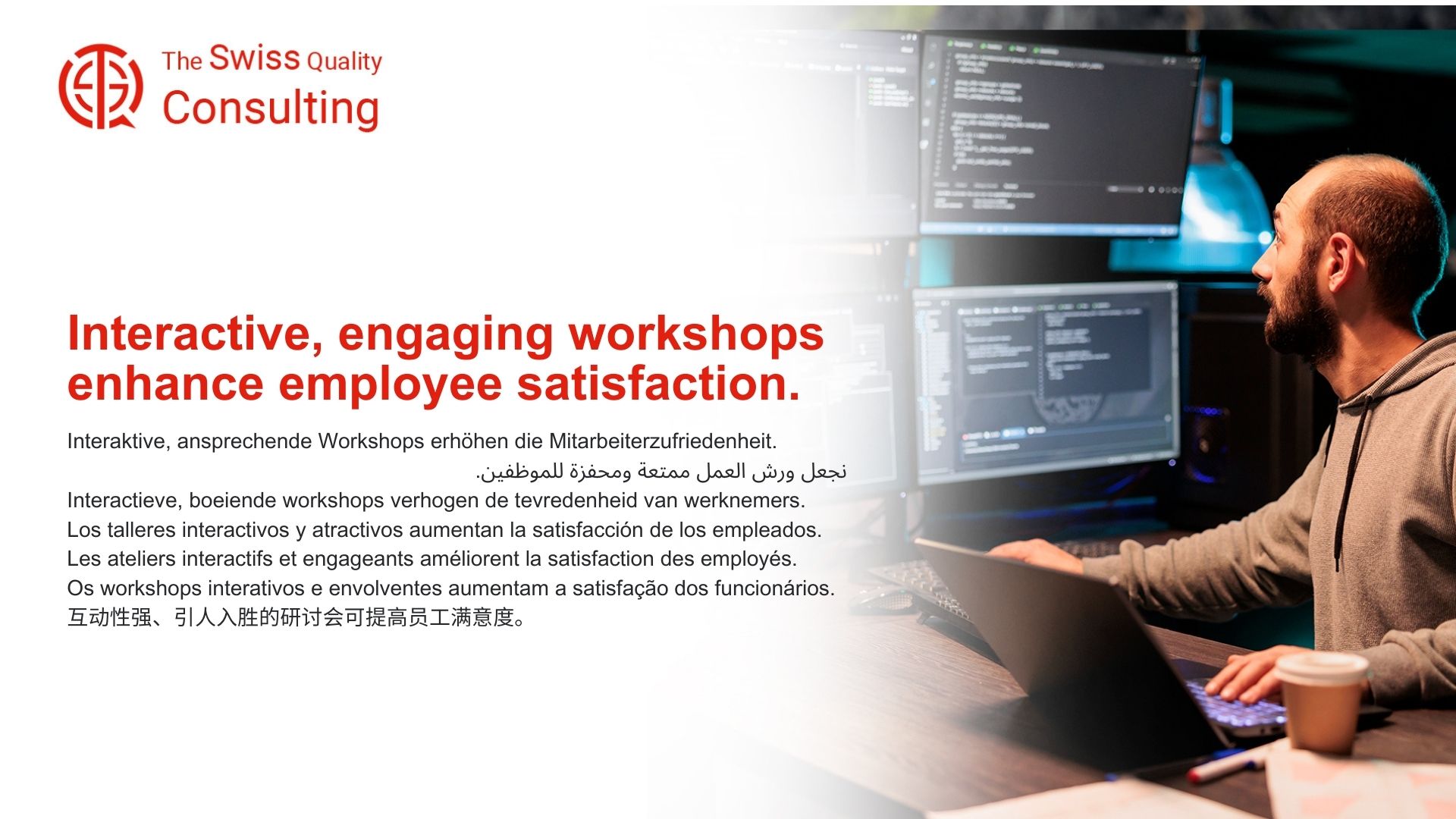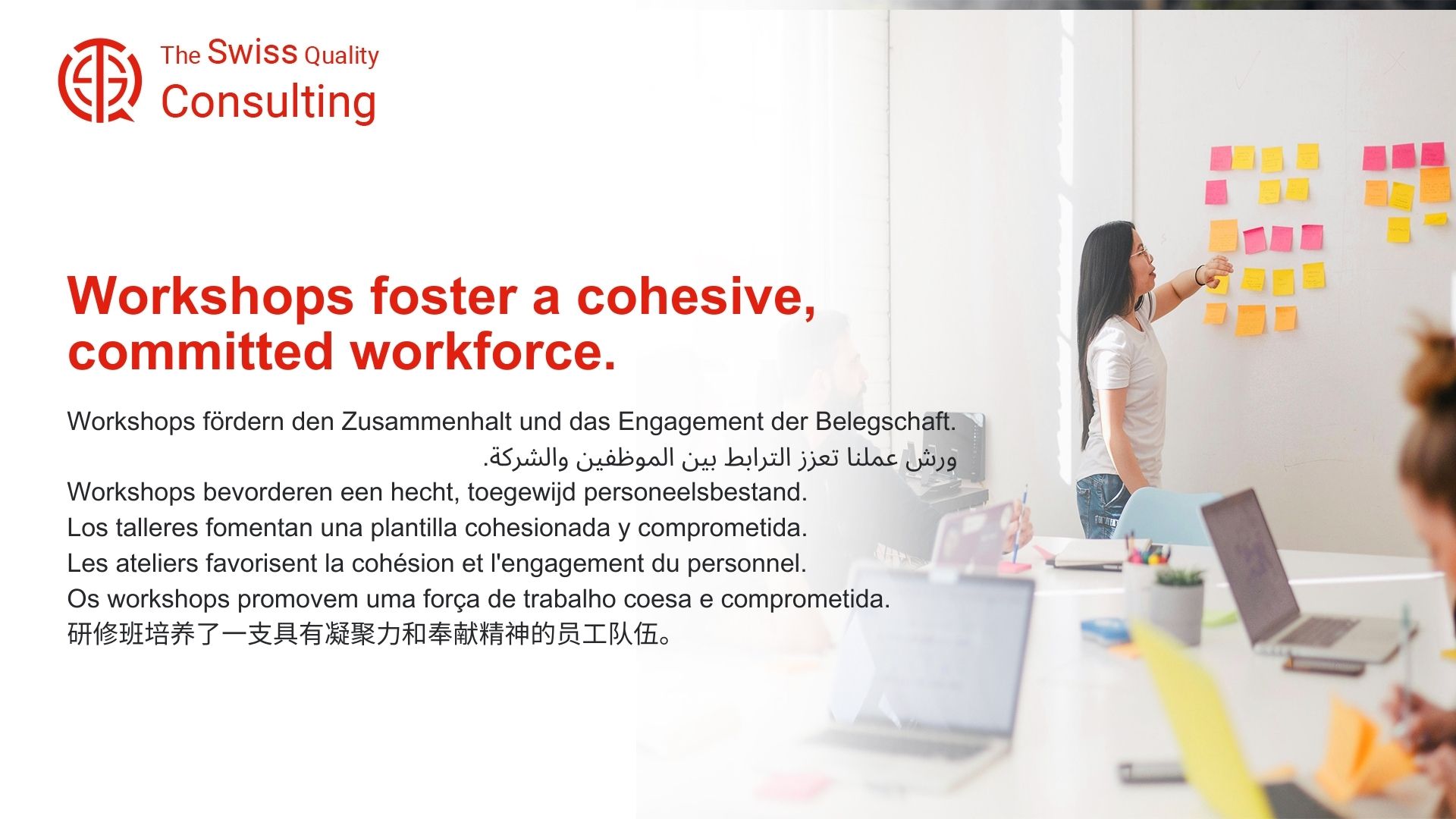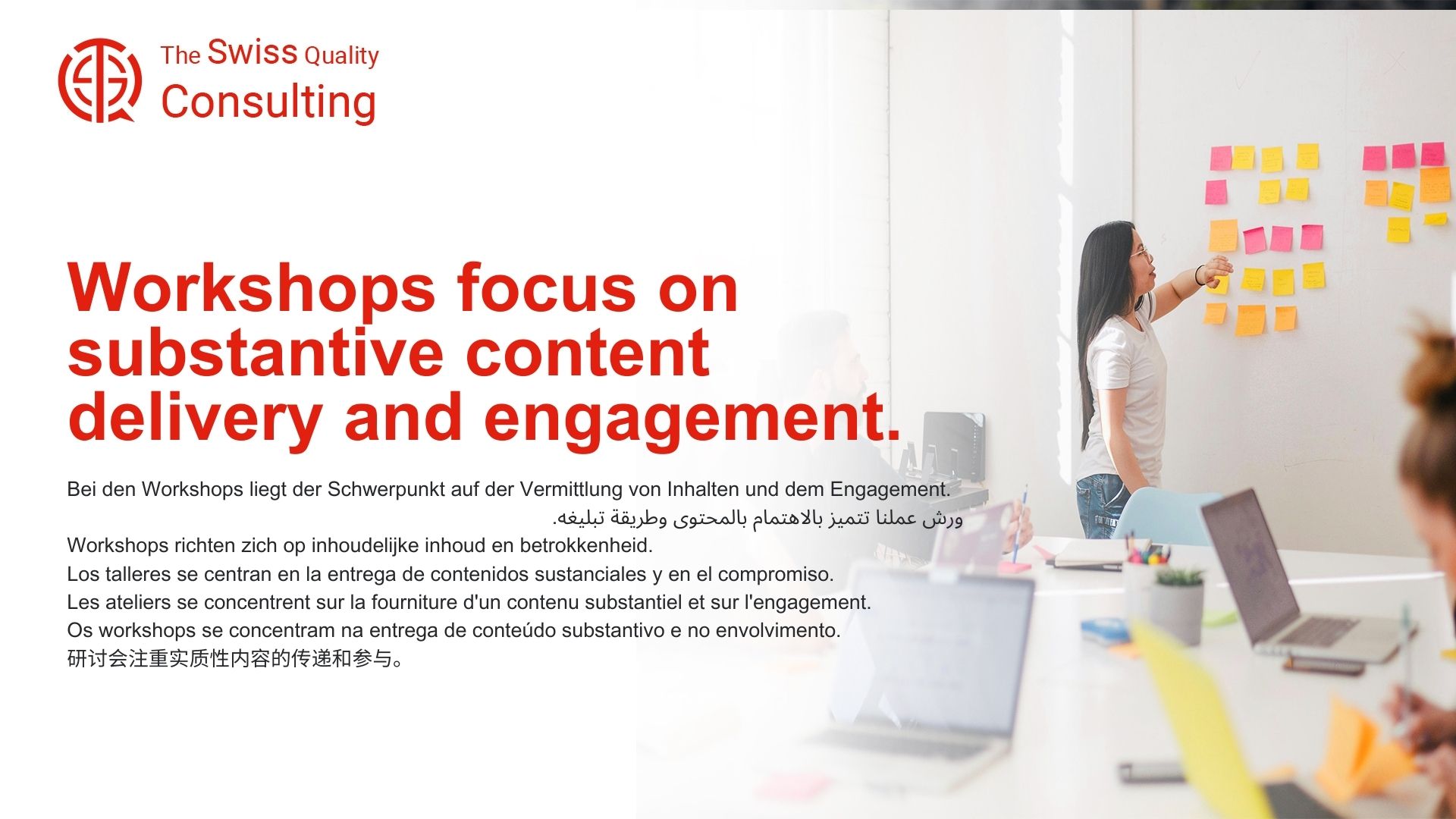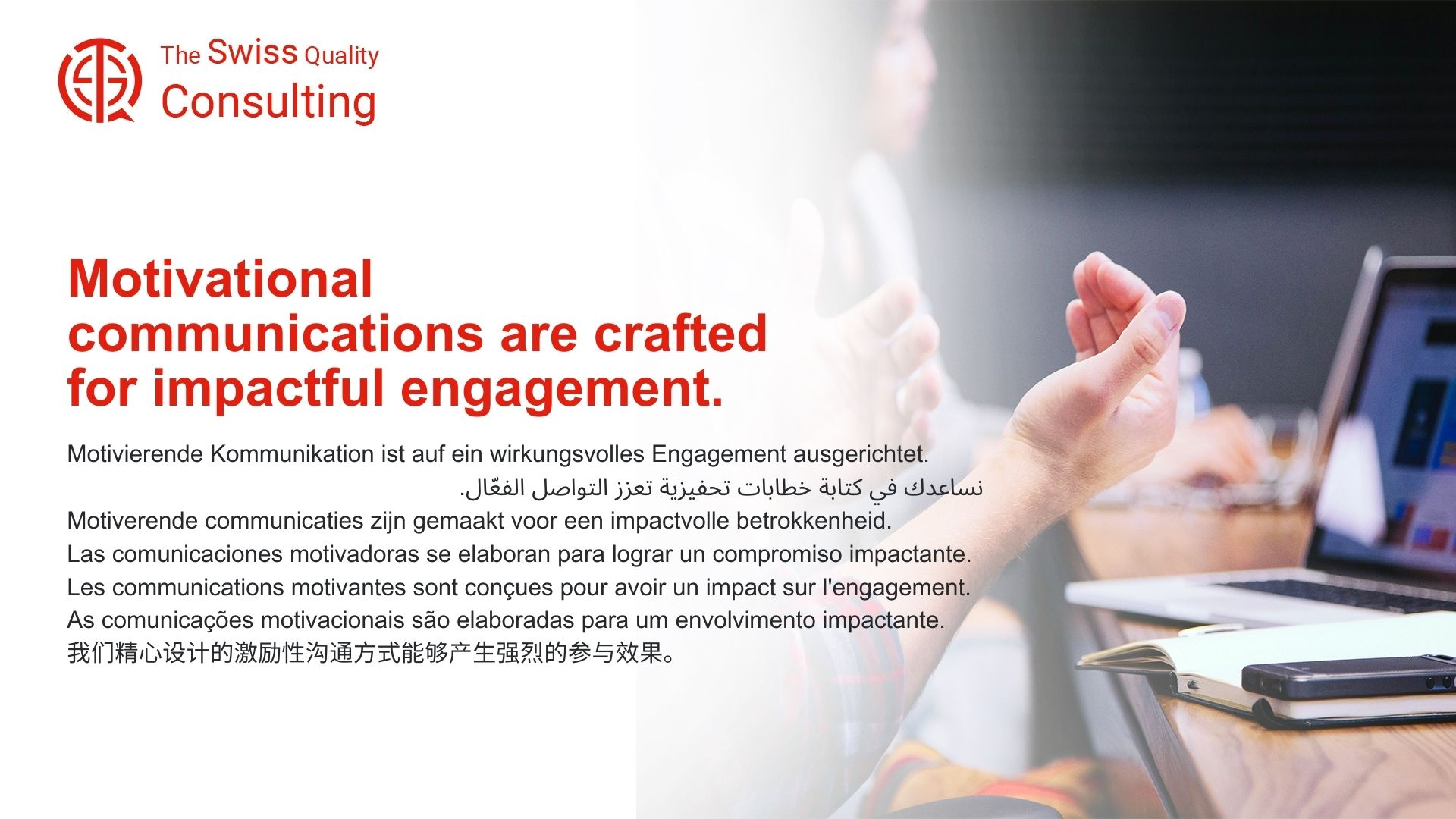Revolutionizing Risk Management in Business
Mitigate disruptions with AI-enhanced risk assessments has become a cornerstone strategy for businesses striving for resilience in an unpredictable world. This article aims to provide an authoritative overview for business executives, mid-level managers, and entrepreneurs on the integration of AI in risk management.
Understanding AI’s Role in Risk Assessment
In the face of today’s dynamic and unpredictable business environment, traditional risk management methods often fall short, leaving organizations vulnerable to unforeseen disruptions. However, the emergence of Generative Artificial Intelligence (AI) has ushered in a new era of risk management, offering a transformative set of tools and capabilities that provide deeper insights and predictive analytics to pre-empt and mitigate potential threats.
1. Enhanced Risk Identification and Forecasting: Unlike traditional methods that rely on historical data and reactive measures, Generative AI utilizes advanced algorithms and machine learning to proactively identify and assess emerging risks. By analyzing vast datasets of internal and external data, including social media sentiment, industry trends, and financial indicators, AI models can predict potential disruptions with greater accuracy and lead time, allowing organizations to take preventive measures and mitigate potential damage.
2. Improved Risk Quantification and Prioritization: Generative AI helps organizations move beyond subjective risk assessments to a data-driven approach. By analyzing historical data and simulating future scenarios, AI models provide quantitative assessments of the likelihood and severity of potential risks, enabling organizations to prioritize their mitigation efforts and allocate resources effectively.
3. Continuous Risk Monitoring and Real-Time Adjustments: Traditional risk management approaches often suffer from delayed response times, leaving organizations exposed to evolving threats. Generative AI, however, offers real-time risk monitoring, allowing for immediate identification of changes in the risk landscape and rapid adaptation of mitigation strategies. This proactive approach ensures that organizations remain ahead of the curve and continuously adjust their risk management strategies to respond to dynamic circumstances.
4. Deeper Insights and Scenario Planning: Generative AI models can analyze vast and complex data sets, revealing hidden patterns and correlations that would be missed by traditional methods. This enables organizations to gain a deeper understanding of the interconnectedness of different risks and develop comprehensive scenario plans to prepare for a wider range of potential disruptions.
5. Enhanced Crisis Management and Resilience Building: By anticipating potential crises and simulating their impact, Generative AI assists organizations in developing more effective crisis management strategies. This includes identifying critical resources, preparing communication plans, and rehearsing response protocols, ensuring that organizations are better equipped to respond to disruptions and minimize their impact.
6. Optimized Insurance and Risk Transfer Strategies: Generative AI can help organizations optimize their insurance coverage and risk transfer strategies. By analyzing risk profiles and predicting potential losses, AI models can help organizations secure the most appropriate insurance coverage and negotiate better terms with insurance providers.
7. Improved Regulatory Compliance and Risk Mitigation: Generative AI can assist organizations in identifying and complying with complex regulatory requirements. By automating compliance checks and monitoring for potential violations, AI models help organizations mitigate regulatory risks and avoid costly fines and penalties.
8. Enhanced Decision-Making and Strategic Planning: Generative AI provides valuable insights into potential risks and their impact on different business outcomes. This allows for more informed decision-making and strategic planning, enabling organizations to make risk-adjusted decisions and allocate resources efficiently.
9. Continuous Learning and Adaptive Risk Management: Unlike static traditional methods, Generative AI models are constantly learning and evolving based on new data and experiences. This continuous improvement allows for more accurate risk assessments and adaptive risk management strategies, ensuring that organizations remain agile and responsive in the face of an ever-changing environment.
10. Building a Culture of Risk Awareness and Proactive Management: By democratizing access to risk information and empowering individuals to contribute to risk mitigation efforts, Generative AI helps organizations cultivate a culture of risk awareness and proactive management. This collaborative approach fosters a more risk-intelligent organization, where everyone is engaged in identifying, assessing, and mitigating potential threats.
In conclusion, Generative AI represents a paradigm shift in the realm of risk management. By leveraging its superior analytical capabilities and predictive power, organizations can gain a deeper understanding of potential risks, anticipate disruptions, and develop more effective mitigation strategies. This transformative approach paves the way for a future of proactive risk management, enabling organizations to navigate the complexities of the modern business landscape with greater confidence and resilience.
Change Management for Integrating AI in Risk Strategies
Implementing AI in risk management requires effective change management. Businesses must adapt their strategies and processes to integrate AI tools seamlessly. This often involves upskilling teams and redefining risk protocols to leverage AI’s capabilities fully.
Impact of AI on Executive Decision-Making
For executives, AI-enhanced risk assessments provide a data-driven foundation for decision-making. The ability to analyze vast amounts of data for predictive insights empowers leaders to make more informed, strategic decisions in mitigating risks.
Enhancing Communication for Effective Risk Management
Effective communication is key in the successful implementation of AI-enhanced risk assessments. Clear articulation of AI insights and strategies is essential to align all organizational levels with the risk mitigation agenda.
Management Consulting for AI Adoption
Management consulting plays a crucial role in guiding businesses through the adoption of AI in risk assessments. Consultants offer expertise in aligning AI tools with business objectives and in ensuring that the transition is smooth and beneficial.
Staying Ahead with Business News and Project Management
Keeping abreast of the latest trends in AI and risk management through business news updates is crucial. Additionally, applying project management principles to oversee the integration of AI into risk processes ensures that objectives are met efficiently and effectively.
Developing Leadership Skills for AI-Driven Environments
Leadership and management skills need to evolve in the context of AI-driven environments. Leaders must be adept at understanding AI capabilities and driving their teams towards embracing AI-enhanced risk assessment methods.
conclusion Mitigate disruptions with AI-enhanced risk assessments
In conclusion, the integration of AI into risk assessments is not just a technological upgrade but a strategic necessity for businesses. It requires a comprehensive approach involving change management, effective communication, management consulting, and leadership development. By adopting AI-enhanced risk assessments, businesses can significantly mitigate disruptions and maintain their competitive edge.
#RiskManagement, #ArtificialIntelligence, #BusinessResilience


